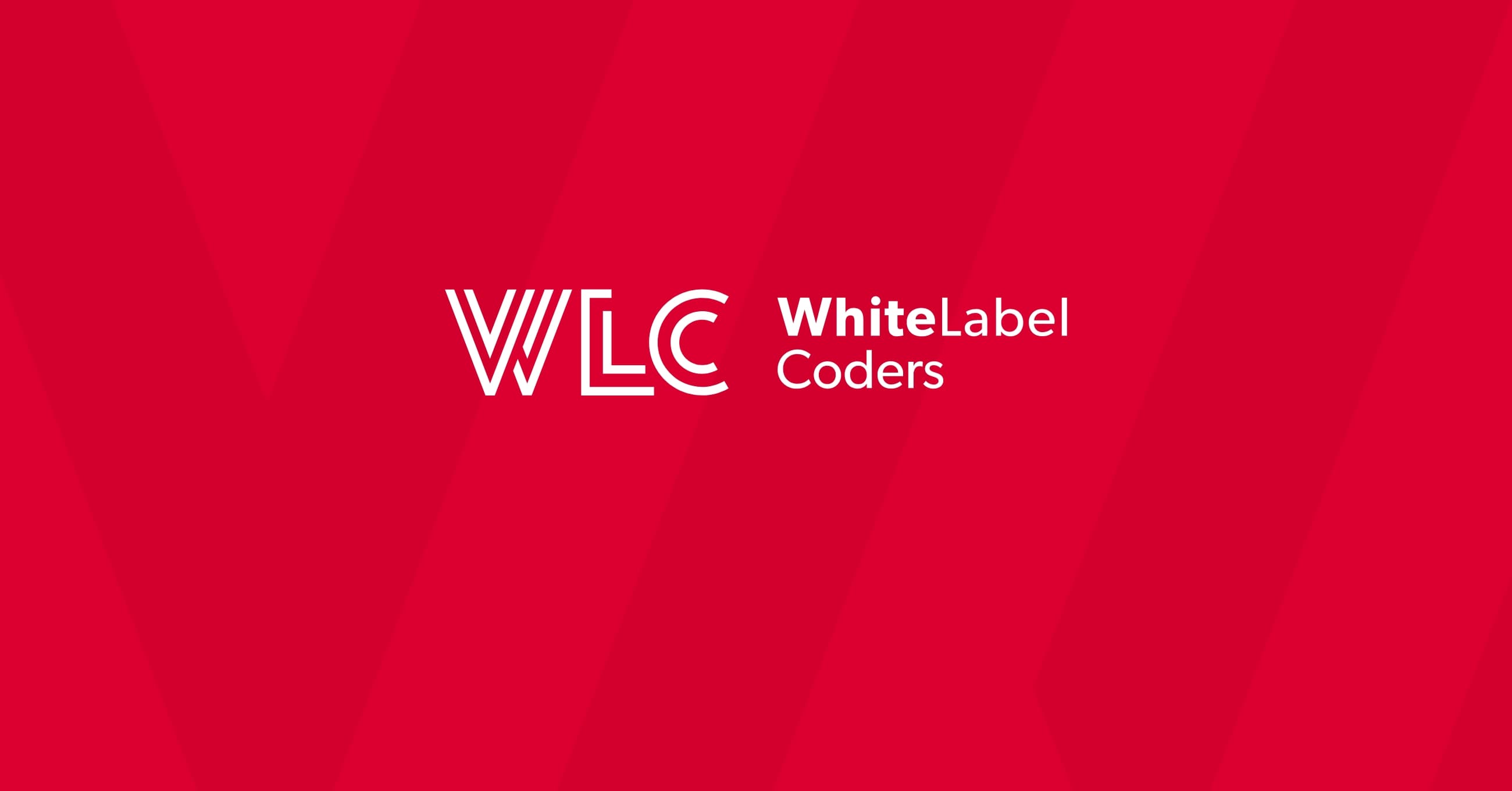Category: SEO AI
What’s the best way to centralize operator databases for affiliate websites?

Managing operator data across dozens of different sources feels like trying to keep track of moving targets. Your team updates one database, but three others still show outdated information. Meanwhile, your conversion rates drop because visitors see conflicting bonus amounts or expired promotions. Sound familiar?
The solution isn’t working harder to manually sync everything. It’s building a centralized operator database system that automatically keeps all your affiliate websites updated with accurate, real-time information. This approach eliminates data inconsistencies, reduces manual work, and helps you capture more conversions.
We’ll walk through why scattered data hurts your bottom line, what makes centralization work effectively, how to evaluate your options, and practical steps to implement a system that actually delivers results.
Why scattered operator data kills affiliate conversions
When your operator information lives in multiple places, problems compound quickly. Your comparison pages might show one bonus amount while your dedicated operator reviews display something completely different. Visitors notice these inconsistencies, and they don’t stick around to figure out which information is correct.
Manual updates create bottlenecks that hurt your revenue directly. Your content team spends hours updating the same operator information across multiple pages and databases. By the time they finish, some of the information has already changed again. This constant chase means your most profitable pages often display outdated promotions or incorrect terms.
The technical debt builds up too. Each new operator requires updates in multiple systems. Your development team gets pulled away from important projects to handle routine data updates. Database integration affiliates face this challenge constantly, watching their technical resources get consumed by maintenance work instead of growth initiatives.
Search engines pick up on these inconsistencies as well. When your pages show conflicting information about the same operators, it signals quality issues that can hurt your rankings. Google particularly dislikes seeing different bonus amounts or terms for the same operator across pages on your site.
The conversion impact hits hardest during peak promotion periods. When operators launch time-sensitive bonuses, your scattered update process means some pages get updated quickly while others lag behind. Visitors who click through to operators expecting one bonus but finding another create a poor user experience that damages your affiliate relationships.
What makes a centralized operator database system work
Effective centralized data systems start with a single source of truth for all operator information. This database becomes the hub that feeds every page, comparison table, and review section across your affiliate websites. When you update operator details in one place, the changes appear everywhere automatically.
Real-time API integrations form the backbone of successful systems. Your centralized database connects directly to operator APIs when available, pulling in bonus updates, terms changes, and new promotions without manual intervention. For operators without APIs, you need reliable web scraping or manual update workflows that still feed into the central system.
Data validation processes prevent bad information from spreading across your sites. The system should check for obvious errors like negative bonus amounts, impossible wagering requirements, or expired dates. These validation rules catch problems before they reach your live pages.
Scalable infrastructure matters more than you might think. Affiliate marketing databases need to handle traffic spikes during major sporting events or holiday promotions. Your system should use caching layers and content delivery networks to ensure fast page loads even when thousands of visitors are checking the same operator information simultaneously.
Version control and audit trails help you track changes over time. When operators dispute the information you’re displaying, you need records showing exactly what data you received and when. This documentation protects your affiliate relationships and helps resolve conflicts quickly.
The system needs flexible content templates that work across different page types. Your operator information should format correctly whether it appears in comparison tables, detailed reviews, or quick reference widgets. This consistency improves user experience and reduces the design work needed for new pages.
How to evaluate database centralization solutions for affiliates
Technical requirements should guide your evaluation process. Look for solutions that integrate easily with your existing content management system and development workflow. The system needs to handle your current data volume while scaling for future growth. Consider how many operators you track, how frequently information updates, and what types of data you need to manage.
Integration capabilities determine how smoothly the system fits into your operations. Check whether the solution connects with your current page builders, analytics tools, and affiliate tracking systems. Operator data management works best when it doesn’t require completely rebuilding your existing processes.
Data source compatibility affects how much manual work remains after implementation. The ideal solution should connect with major operator APIs and handle various data formats. Look for systems that can import your existing databases without requiring extensive data reformatting.
Update frequency options need to match your business requirements. Some affiliate websites need real-time updates for sports betting odds, while others can work with daily updates for casino bonuses. Make sure the solution offers the refresh rates your content strategy requires.
Maintenance overhead varies significantly between solutions. Consider who will manage the system day-to-day and what technical skills they have. Some solutions require ongoing developer support, while others let content teams handle routine updates through user-friendly interfaces.
Cost-benefit analysis should include both direct costs and time savings. Factor in subscription fees, implementation costs, and ongoing maintenance expenses. Compare these against the time your team currently spends on manual updates and the potential revenue increase from more accurate, timely information.
| Evaluation Factor | Key Questions | Impact Level |
|---|---|---|
| API Integration | How many operator APIs does it support? | High |
| Update Speed | Real-time, hourly, or daily updates? | Medium |
| Team Training | Can content teams use it without developers? | High |
| Scalability | Handles traffic spikes and data growth? | Medium |
Testing and validation processes
Run pilot tests with a subset of your operators before full implementation. This approach lets you identify integration issues and workflow problems without affecting your entire site. Choose operators that represent different data complexity levels and update frequencies.
Performance testing should simulate real-world traffic conditions. Load test your pages during peak traffic periods to ensure the centralized system doesn’t slow down page loading times. Fast-loading pages remain important for both user experience and search rankings.
Implementation strategies that minimize disruption and maximize results
Migration planning starts with mapping your current data sources and identifying the most critical operator information. Begin with high-traffic operators that generate the most revenue. This approach lets you see results quickly while learning how the system works with your most important content.
Phased rollouts reduce risk and allow for adjustments along the way. Start by centralizing data for one section of your site, such as featured operators or a specific game category. Once that’s working smoothly, expand to additional sections. This method prevents site-wide issues if problems arise.
Team training should happen before full implementation. Your content team needs to understand how to use the new system for updates and troubleshooting. Developers need to know how to integrate the centralized data into new page templates and existing content structures.
Backup systems and rollback procedures provide safety nets during the transition. Keep your old data sources running in parallel during the initial weeks. This redundancy lets you switch back quickly if the new system encounters problems. Document the rollback process so any team member can execute it if needed.
Performance monitoring helps you catch issues before they affect user experience. Set up alerts for slow page loading times, API connection failures, or data sync problems. Centralized operator data systems work best when you can identify and fix problems quickly.
Content quality checks ensure accuracy during the transition period. Compare the information displayed on your pages with the data in your centralized system. Look for formatting issues, missing information, or display problems that might confuse visitors.
The implementation process typically takes several weeks to complete properly. Rushing the migration often creates more problems than it solves. Plan for adequate testing time and allow your team to become comfortable with the new workflows before fully retiring old systems.
Success metrics should focus on both operational efficiency and business results. Track how much time your team saves on data updates, how quickly new operator information appears across your sites, and whether conversion rates improve with more accurate, timely information.
Getting affiliate database solutions right transforms how your team operates and how visitors experience your content. The initial investment in planning and implementation pays off through reduced manual work, fewer data errors, and better conversion rates. When done properly, centralized operator databases become the foundation that supports faster growth and more efficient operations.
At White Label Coders, we’ve helped numerous affiliate websites implement centralized data systems that eliminate manual update burdens while improving conversion rates. Our approach focuses on creating scalable solutions that grow with your business and integrate seamlessly with your existing workflows. Whether you need e-commerce website development or specialized affiliate systems, working with outsourcing programming teams can accelerate your implementation timeline. For complex affiliate platforms, consider how complex WooCommerce integrations might support your data management needs. Additionally, implementing proper automatic testing ensures your centralized system maintains data integrity across all updates.

